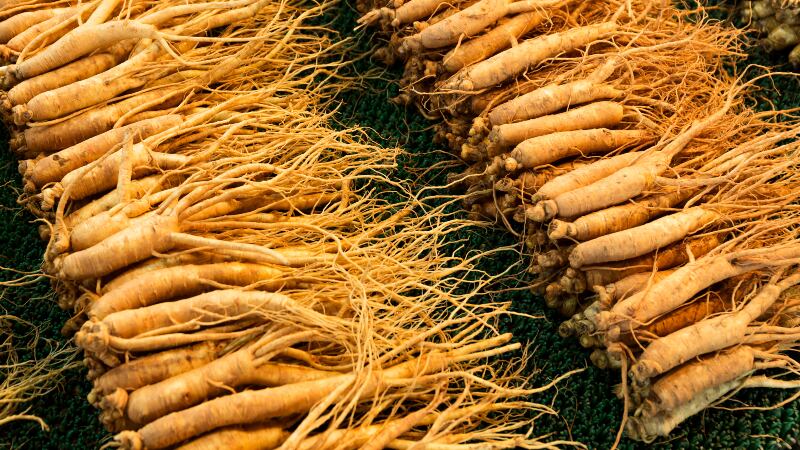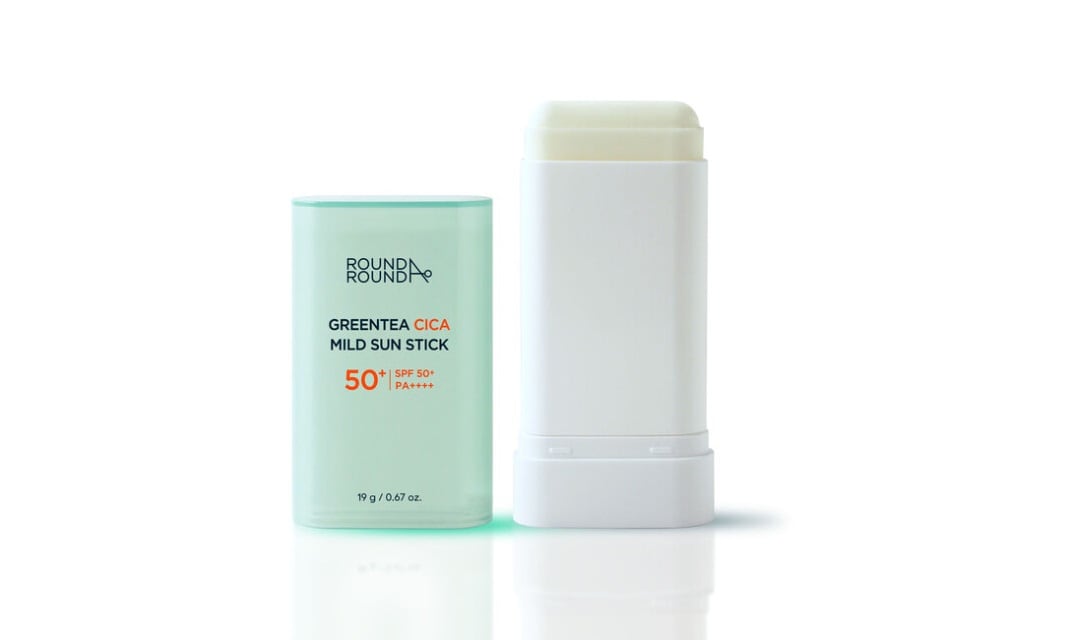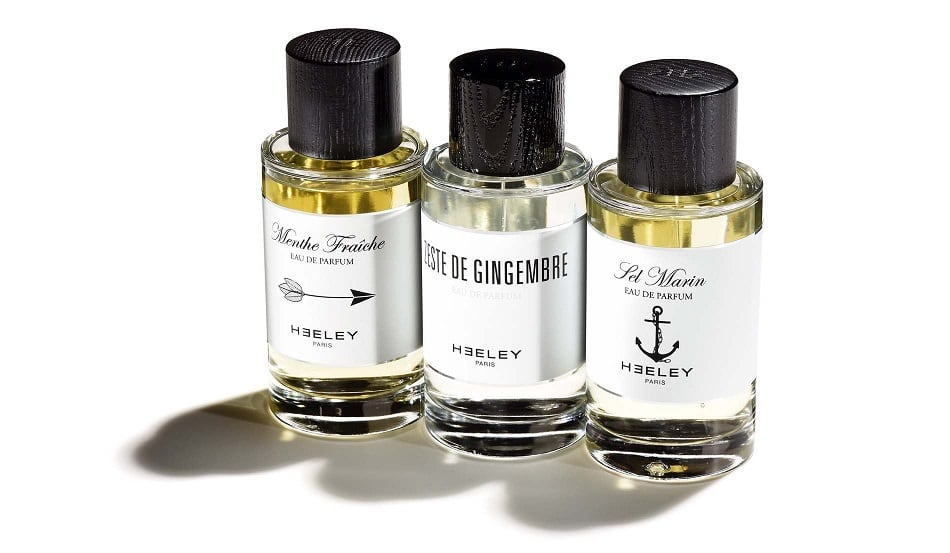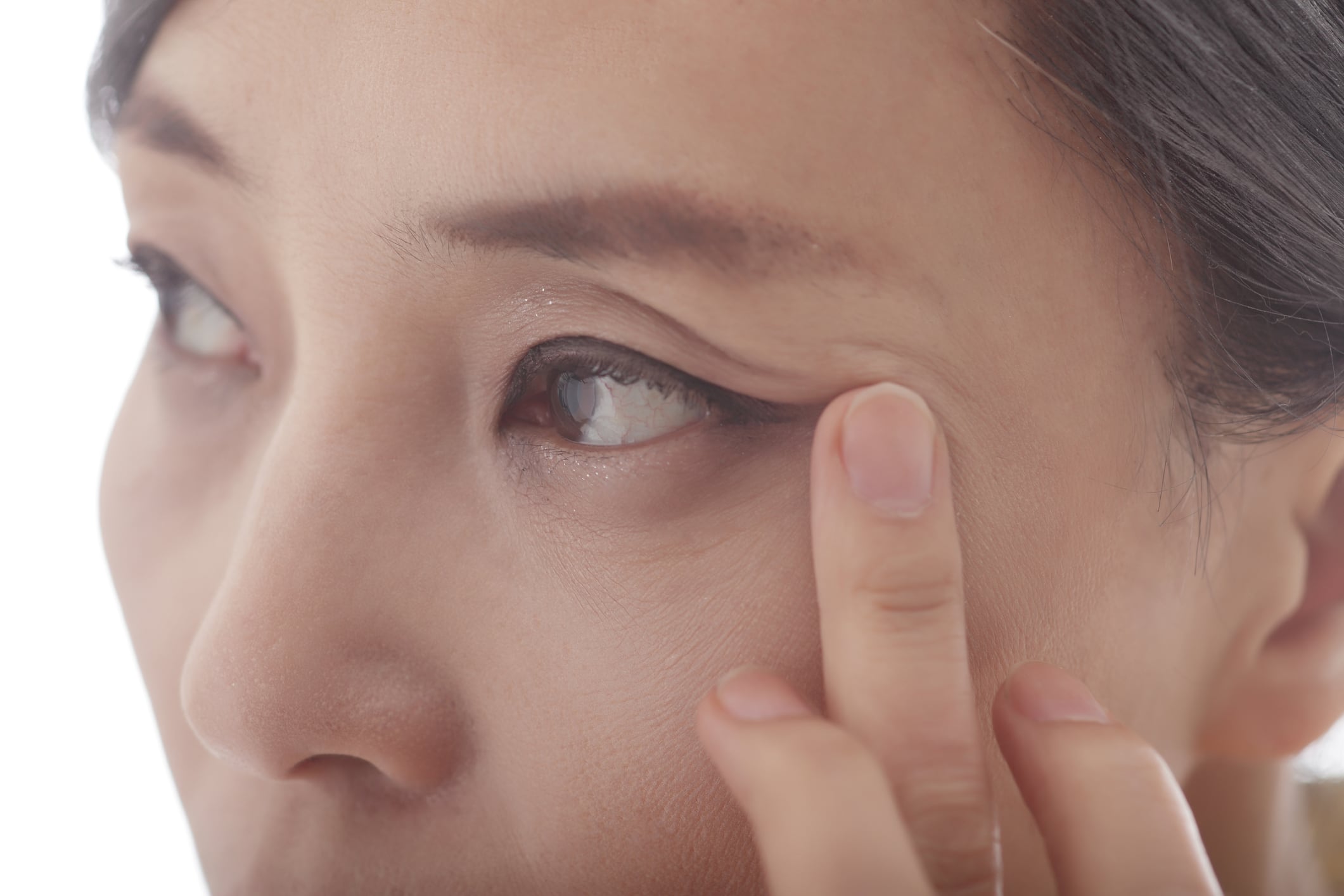Fresh ginseng is usually processed into longer-lasting forms such as Korean red ginseng (KRG), white ginseng, and black ginseng. One common method is hot-water extraction, which yields around 40% to 50% of KRG. The residue is known as KRGM.
Gintonin is a recently discovered glycolipoprotein complex containing bioactive molecules called lysophosphatidic acids (LPAs).
A group of South Korean researchers have developed a new method for the production of KRGM-derived gintonin, which has been found to protect the skin against UV damage, possess anti-ageing effects, and help in wound healing.
“Ginseng companies in Korea produce up to 8,000 tonnes of KRGM annually. Although the Ministry of Food and Drug Safety (MFDS) allows the use of it as a food additive, very little is upcycled or recycled. About 20% is used as animal feed or compost for crops, and the remaining 80% is discarded. This not only incurs waste disposal costs, but also causes environmental problems,” the researchers wrote.
The KRG extraction process brings about changes in ginseng components. For example, ginsenosides that are found in KRG do not exist in fresh ginseng.
As KRGM contains ginsenosides, polysaccharides and potentially other useful bioactive components that have yet to be identified, existing extraction methods are deemed to be cost ineffective and wasteful.
In this study, KRGM gintonin was characterised in detail. It was found that the LPA C18:2 content in KRGM gintonin — a functional indicator — was as high as the amount typically obtained from white ginseng.
“In addition, we identified that KRGM gintonin contains more lysophosphatidylcholine (LPC) and phosphatidylcholine (PC) than in white ginseng. Also, KRGM contains a high amount (more than 5%) of free fatty acids, including linoleic acid, palmitic acid, and oleic acid.”
Multiple benefits
Further studies of KRGM gintonin for skin care applications were conducted by the researchers.
“Our investigation of how KRGM gintonin influences the viability of human dermal fibroblasts (HDF) cells revealed that it did not exhibit cytotoxicity at any of the doses tested, but instead stimulated cell proliferation in a dose-dependent manner.”
As a cell-ageing marker, changes in β-galactosidase expression in the absence or presence of KRGM gintonin and UVB exposure were examined.
It was found that HDFs exposed to UVB alone showed an increased β-galactosidase expression, but when HDFs were exposed to UVB in the presence of KRGM gintonin, they showed a decreased β-galactosidase expression.
Notably, the attenuation of β-galactosidase expression was highest at the 3μg/mL dosage.
Subsequent tests to evaluate the effect of KRGM gintonin on in vitro wound healing of HDFs showed that LPA C18:2 improved wound healing in a dose-dependent manner.
The effect was highest at l0μg/mL rather than 30μg/mL, which suggests that the optimum concentration of KRGM gintonin may differ depending on desired effects.
In addition, KRGM gintonin was able to inhibit nitric oxide (NO) and reactive oxygen species (ROS) production, indicating its antioxidant properties.
Currently, cosmetics containing synthetic LPAs can be found in products for skin regeneration.
“Our findings showed that KRGM gintonin reduced UVB-induced acceleration of cell ageing and facilitated wound healing, which suggest that KRGM gintonin could be utilised as a natural ingredient for anti-ageing cosmetics and as a food additive. Furthermore, it can now be easily produced from KRGM at a low cost with high efficiency,” the researchers said.
Source: Nutrients
https://doi.org/10.3390/nu15112574
“Preparation of Red Ginseng Marc-Derived Gintonin and Its Application as a Skin Nutrient”
Authors: Rami Lee, et al





